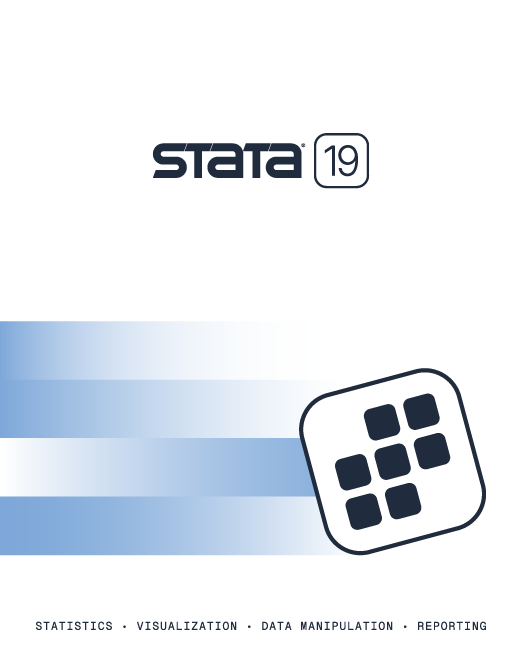
$295
18 July–29 August 2025
6 weeks (4 lessons)
Jump to course schedule
Become an expert in the analysis and implementation of linear, nonlinear, and dynamic panel-data estimators using Stata. This course focuses on the interpretation of panel-data estimates and the assumptions underlying the models that give rise to them. The course is geared for researchers and practitioners in all fields. The breadth of the lectures will be helpful if you want to learn about panel-data analysis or if you are familiar with the subjects.
The concepts presented are reinforced with practical exercises at the end of each section. We also provide additional exercises at the end of each lecture and access to a discussion board on which you can post questions for other students and the course leaders to answer.
Discounts available for enrollments of five or more participants.
Can't wait? Enroll in NetCourseNow 471 →
Course leaders are available for discussion during the break.